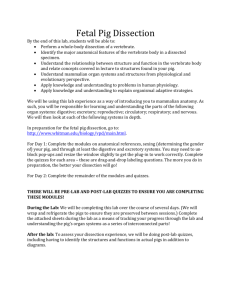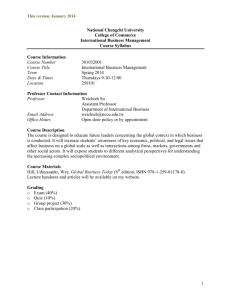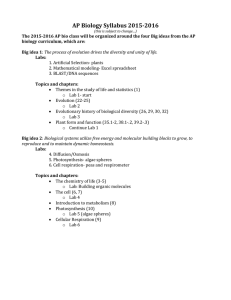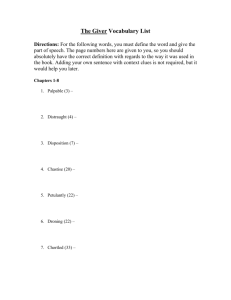File - Townsend Biology
advertisement
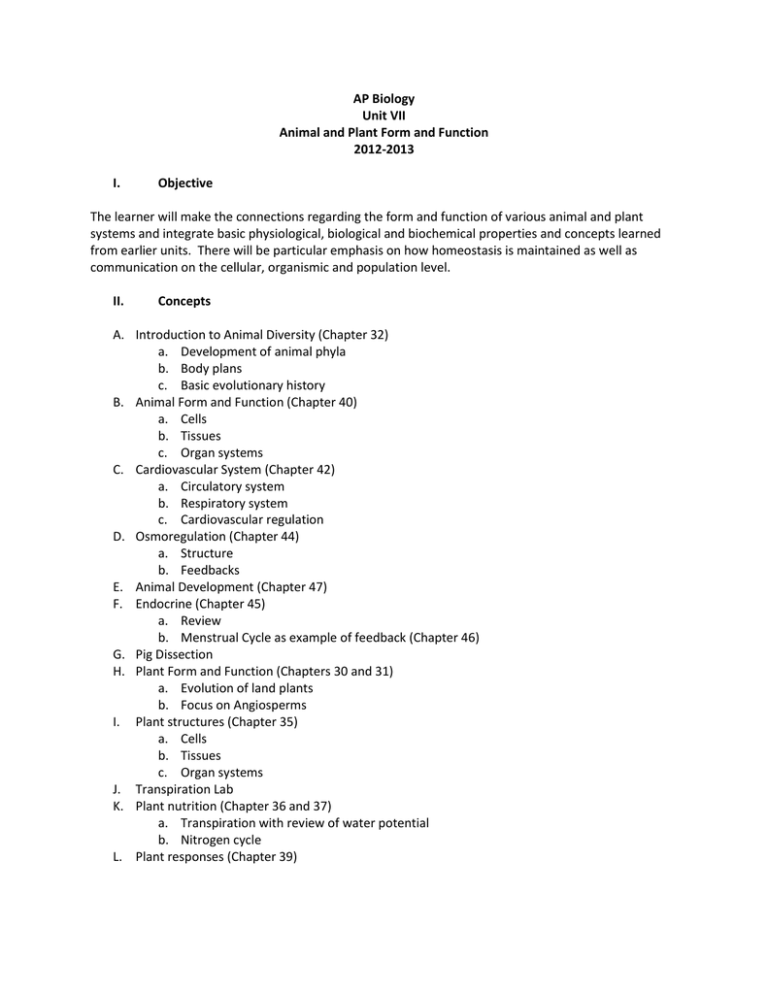
AP Biology Unit VII Animal and Plant Form and Function 2012-2013 I. Objective The learner will make the connections regarding the form and function of various animal and plant systems and integrate basic physiological, biological and biochemical properties and concepts learned from earlier units. There will be particular emphasis on how homeostasis is maintained as well as communication on the cellular, organismic and population level. II. Concepts A. Introduction to Animal Diversity (Chapter 32) a. Development of animal phyla b. Body plans c. Basic evolutionary history B. Animal Form and Function (Chapter 40) a. Cells b. Tissues c. Organ systems C. Cardiovascular System (Chapter 42) a. Circulatory system b. Respiratory system c. Cardiovascular regulation D. Osmoregulation (Chapter 44) a. Structure b. Feedbacks E. Animal Development (Chapter 47) F. Endocrine (Chapter 45) a. Review b. Menstrual Cycle as example of feedback (Chapter 46) G. Pig Dissection H. Plant Form and Function (Chapters 30 and 31) a. Evolution of land plants b. Focus on Angiosperms I. Plant structures (Chapter 35) a. Cells b. Tissues c. Organ systems J. Transpiration Lab K. Plant nutrition (Chapter 36 and 37) a. Transpiration with review of water potential b. Nitrogen cycle L. Plant responses (Chapter 39) III. Grading A. Starter quizzes: They will be given as a “pop” quiz occasionally throughout the Unit B. Diagrams: Graded as homework grade C. Labs: a. Transpiration: Report Due 4/30 b. Pig Dissection: No Report c. Photosynthesis: Report Due 5/20 d. Primary Production*: Report Due 5/20 D. Quizzes: Not all information in all chapters will be covered a. Chapters 40-42 Tuesday, April 9 b. Chapters 44, 46, 47 and 48 Monday, April 15 E. Tests: a. Animal Form and Function: b. Plant Form and Function: Wednesday, April 17 Wednesday, May 1
